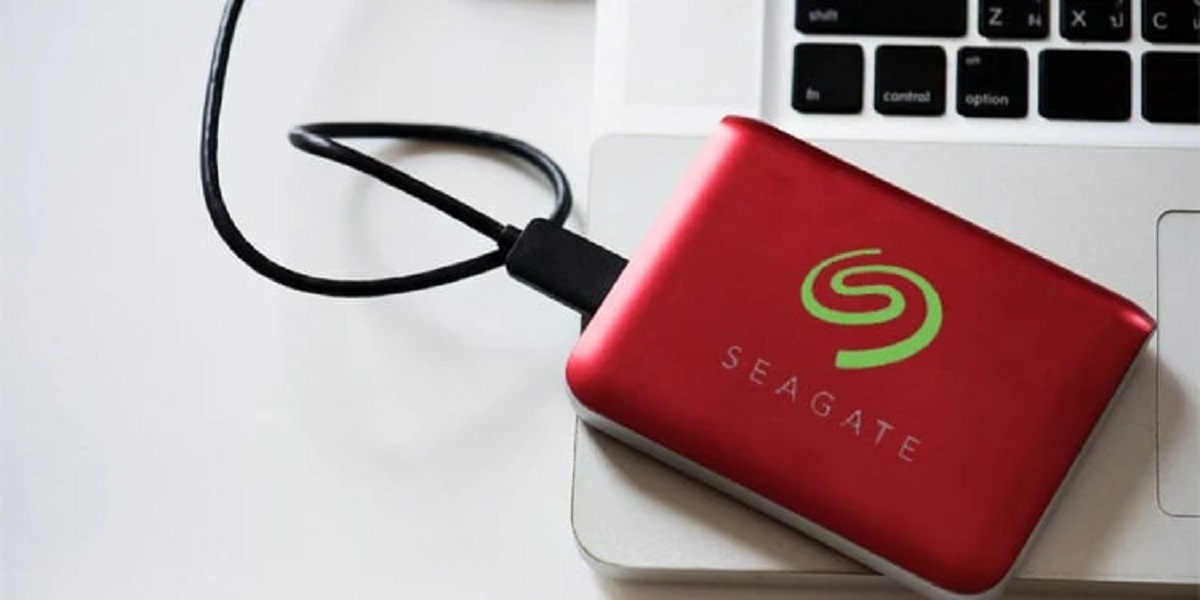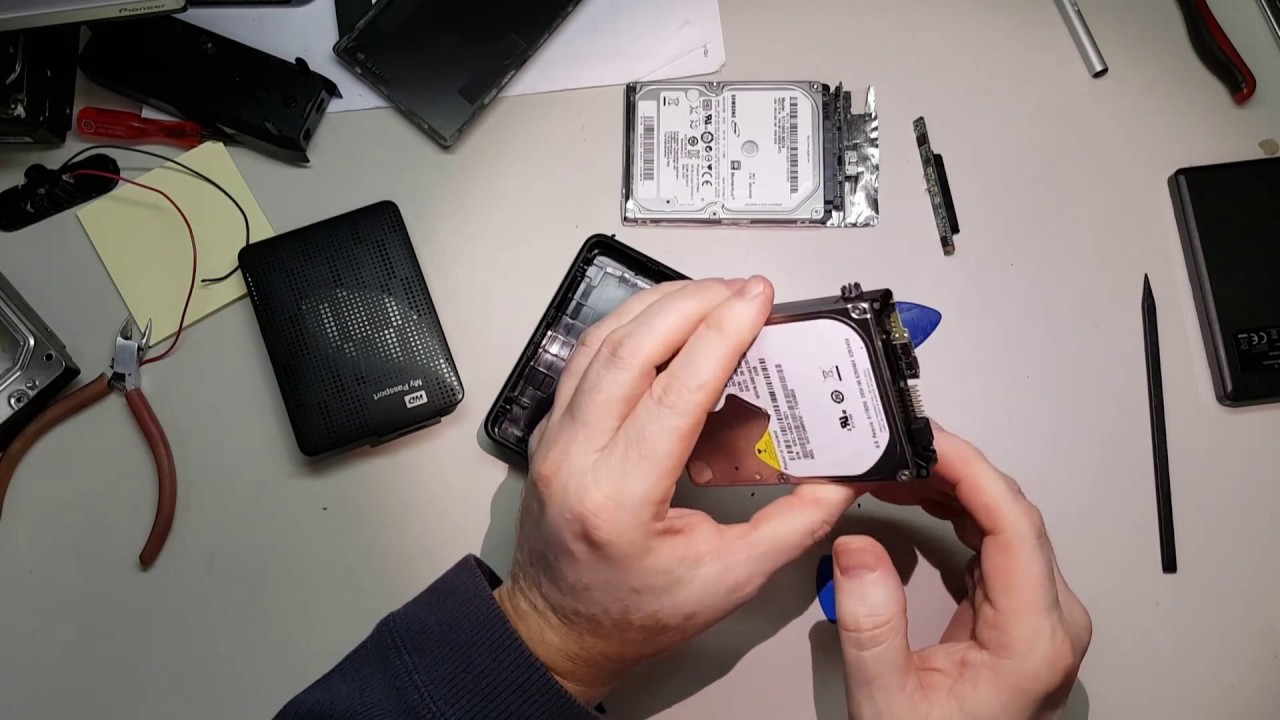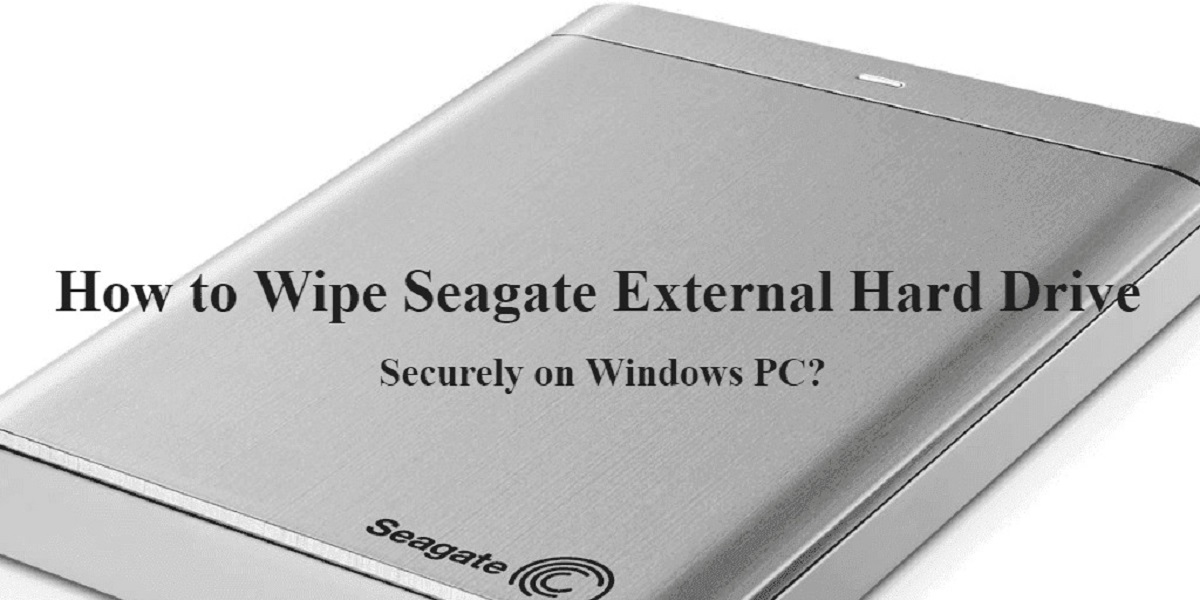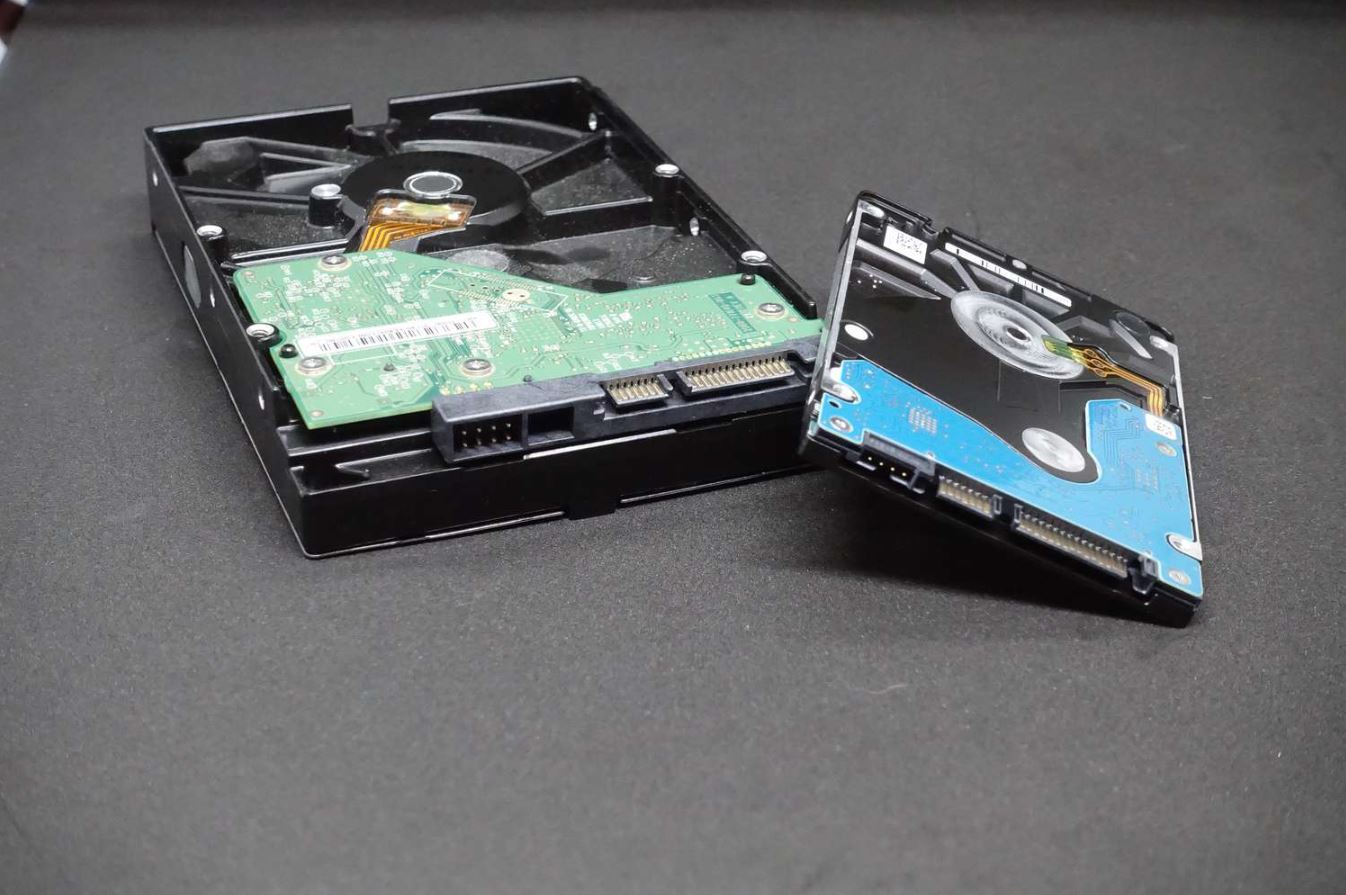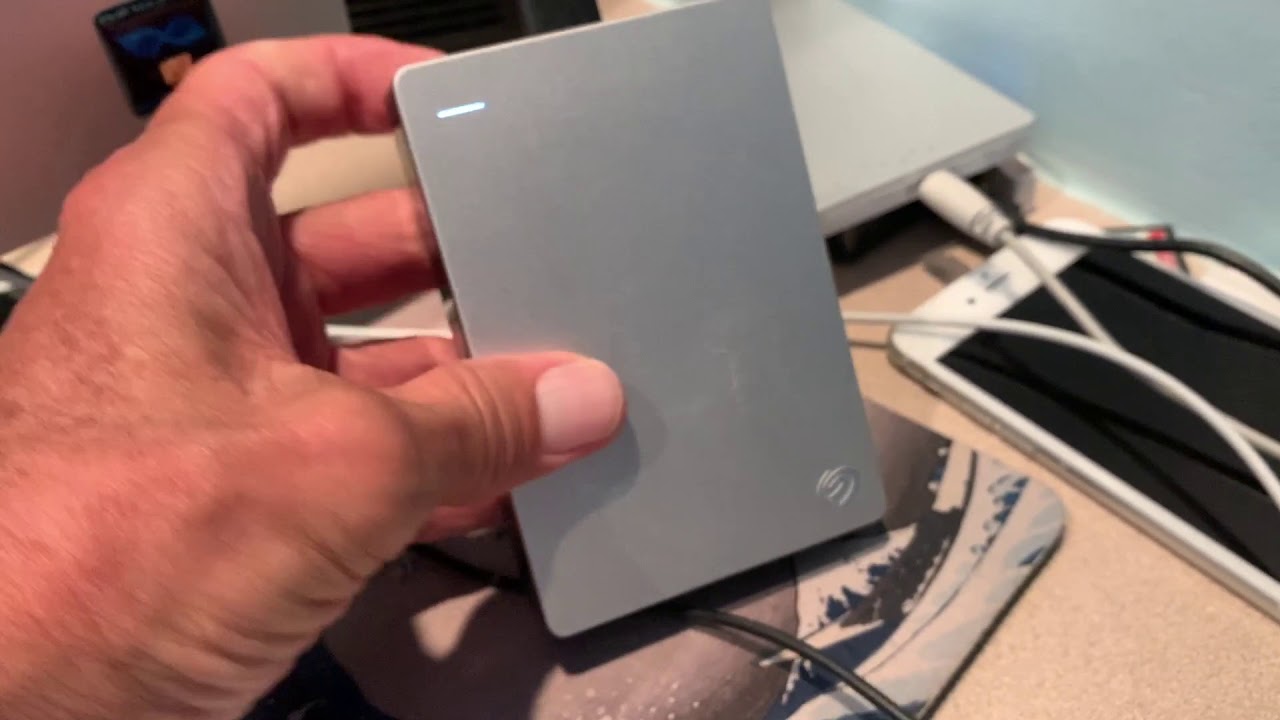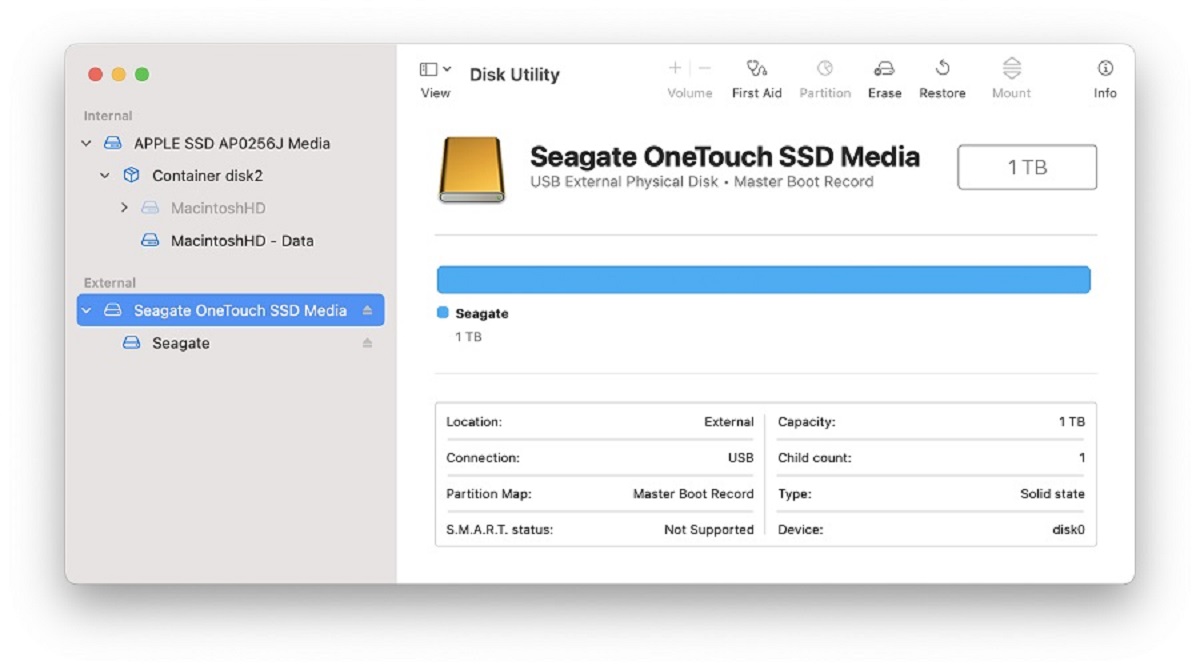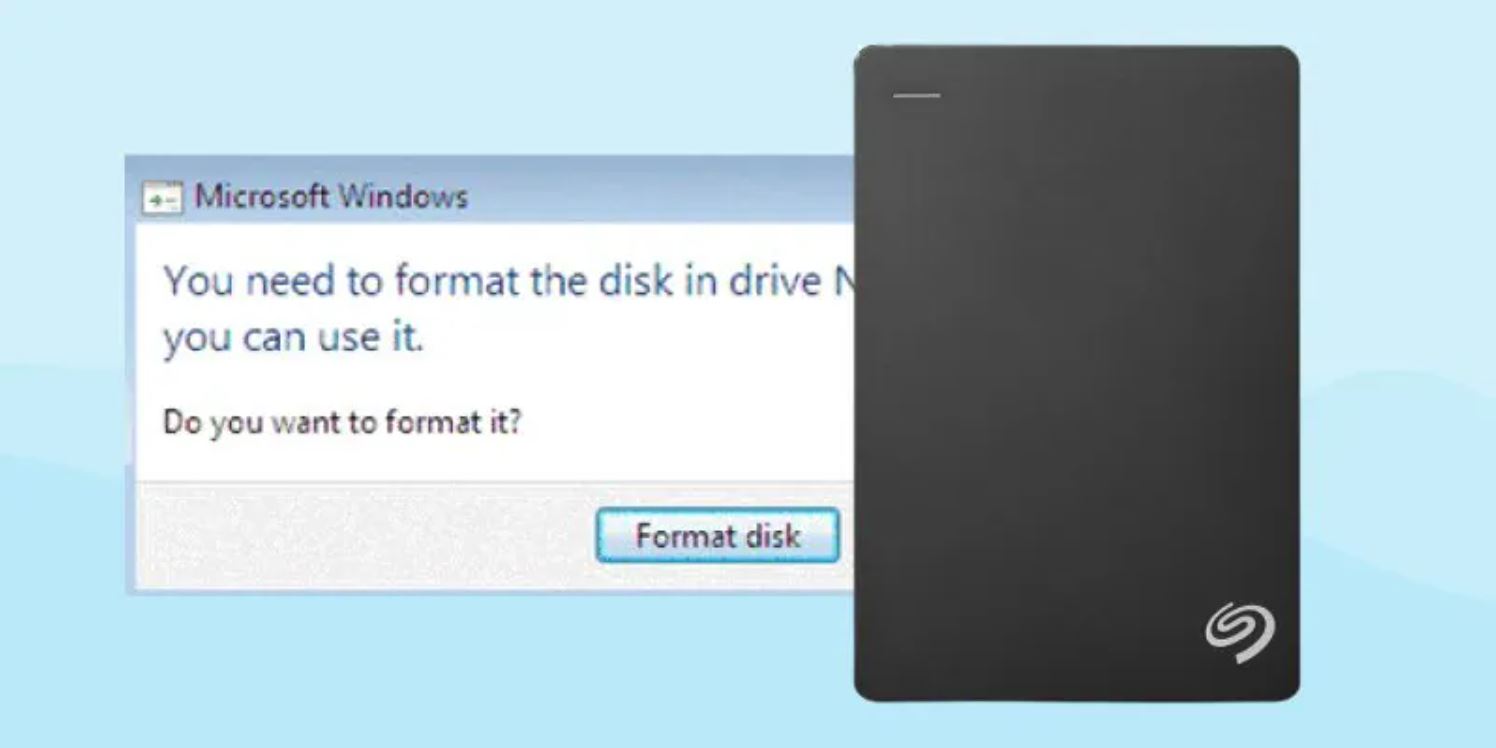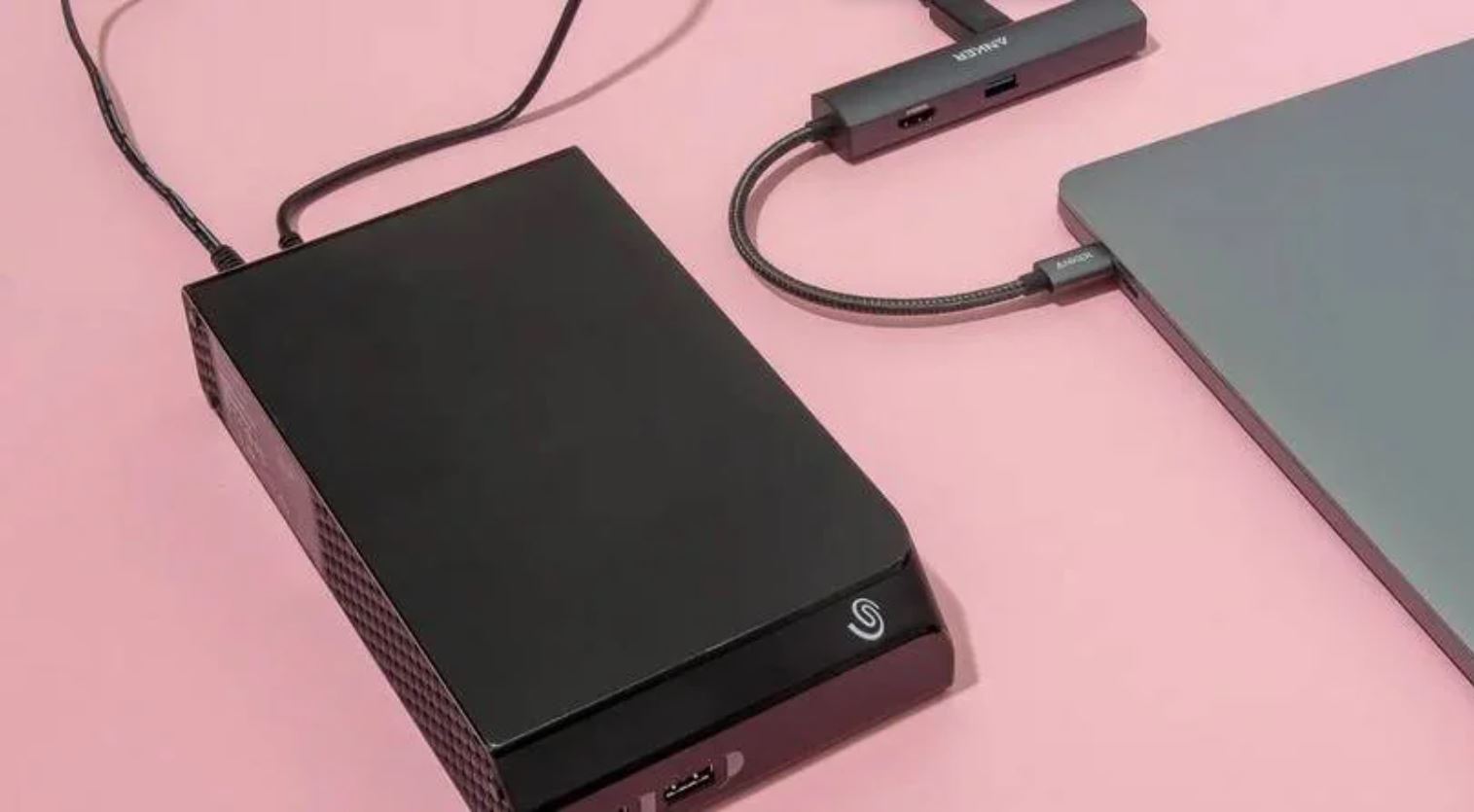Introduction
Welcome to the guide on how to get your Mac to recognize your Seagate external hard drive. Connecting an external hard drive to your Mac can be a convenient way to expand storage or backup important files. However, it can be frustrating if your Mac doesn’t recognize the Seagate external hard drive when you connect it.
There can be several reasons why your Mac is not detecting the Seagate external hard drive. It could be due to a faulty connection, compatibility issues, outdated software, or even issues with the hard drive itself. In this guide, we will explore various troubleshooting steps to help you resolve this problem and get your Mac to recognize the Seagate external hard drive.
It is important to note that the steps provided in this guide may vary depending on the specific model of your Mac and the version of the operating system you are using. However, the general troubleshooting steps should apply to most situations. So let’s dive in and get your Mac and Seagate external hard drive working together!
Check the Connection
The first thing to do when your Mac doesn’t recognize your Seagate external hard drive is to check the connection between the two. Ensure that the USB cable is securely plugged into both the hard drive and the USB port on your Mac.
If you are using a USB hub or extension, try connecting the Seagate external hard drive directly to a USB port on your Mac. Sometimes, USB hubs or extensions can interfere with the connection and prevent proper recognition.
Inspect the USB cable for any signs of damage, such as frayed wires or bent connectors. If you find any physical damage, replace the cable with a new one from Seagate or a reputable third-party brand.
In some cases, the USB port on your Mac may be the issue. Try connecting the Seagate external hard drive to a different USB port on your Mac. This will help determine if the problem lies with a specific port.
Additionally, you can try connecting the Seagate external hard drive to another computer to see if it is recognized. If it works on another computer, then the issue is likely with your Mac or its settings.
Once you have checked the connection and ensured that everything is properly connected, proceed to the next troubleshooting step.
Restart Your Computer
When your Mac fails to recognize your Seagate external hard drive, a simple yet effective troubleshooting step is to restart your computer. Sometimes, a temporary glitch or software issue can prevent your Mac from detecting external devices like the Seagate hard drive.
To restart your Mac, click on the Apple menu in the top-left corner of the screen, and select the “Restart” option from the dropdown menu. Alternatively, you can press and hold the power button until a dialog box appears, and then choose the “Restart” option.
Allow your Mac to fully shut down and then restart. After the restart, check if your Seagate external hard drive is now recognized by your Mac. In many cases, a simple restart can resolve minor software conflicts and restore the connection between your Mac and the external hard drive.
If your Mac still doesn’t recognize the Seagate external hard drive after restarting, proceed to the next troubleshooting step.
Try a Different USB Port or Cable
If your Mac is not recognizing your Seagate external hard drive, it’s worth trying a different USB port or cable to rule out any potential issues with the current setup.
Start by connecting the Seagate external hard drive to another available USB port on your Mac. Sometimes, specific USB ports may have compatibility issues or may not provide enough power to properly detect and communicate with the external device. By trying different ports, you can determine if the problem lies with a specific port on your Mac.
If trying a different USB port doesn’t resolve the issue, consider testing the Seagate external hard drive using a different USB cable. Over time, USB cables can become worn or damaged, leading to connection problems. Obtaining a new cable from Seagate or a reliable third-party brand can help ensure a proper connection between your Mac and the external hard drive.
When using a different USB cable, make sure it is compatible with both your Mac and the Seagate external hard drive. Refer to the product specifications or consult Seagate support for compatible cable options.
After switching to a different USB port or cable, reconnect the Seagate external hard drive to your Mac and check if it is now recognized. If not, proceed to the next troubleshooting step.
Update Your Mac’s Operating System
If your Mac is not recognizing your Seagate external hard drive, it’s possible that an outdated operating system may be causing compatibility issues. Updating your Mac’s operating system can often resolve such problems.
To check for updates, click on the Apple menu in the top-left corner of the screen, and select “System Preferences” from the dropdown menu. In the System Preferences window, click on “Software Update.” Your Mac will then check for any available updates.
If updates are found, click on the “Update Now” button to begin the installation process. Ensure that your Mac is connected to a stable internet connection during the update.
After the update is complete, restart your Mac and reconnect the Seagate external hard drive. In many cases, updating the operating system can resolve compatibility issues and allow your Mac to recognize the external hard drive.
If updating your Mac’s operating system does not solve the problem, move on to the next troubleshooting step.
Enable Seagate External Hard Drive on Your Mac
If your Mac is not recognizing your Seagate external hard drive, it’s possible that the drive is not enabled in the system preferences. Enabling the external hard drive on your Mac can help resolve the issue.
Start by navigating to the Apple menu in the top-left corner of the screen and selecting “System Preferences” from the dropdown menu. In the System Preferences window, click on “Security & Privacy.”
In the Security & Privacy settings, select the “Privacy” tab. From the left-hand side menu, choose “Full Disk Access.”
Click on the lock icon at the bottom-left corner of the window and enter your administrator password when prompted. This will allow you to make changes to the settings.
In the list of applications and services on the right side, ensure that any Seagate-related software or applications (such as Seagate Dashboard or Seagate Manager) are enabled by checking the box next to them.
If you do not see any Seagate-related applications, click on the “+” button and navigate to the applications or utilities folder to locate and add the necessary software or applications.
Once you have enabled the Seagate-related applications in the Full Disk Access settings, close the System Preferences window and restart your Mac. Upon restarting, reconnect the Seagate external hard drive and check if it is now recognized by your Mac.
If enabling the Seagate external hard drive in the system preferences does not resolve the issue, proceed to the next troubleshooting step.
Verify Disk Permissions
If your Mac is still not recognizing your Seagate external hard drive, it’s worth checking and verifying the disk permissions on your computer. Disk permissions are settings that dictate who can access and modify specific files or folders, and incorrect permissions can sometimes cause connectivity issues.
To check disk permissions on your Mac, follow these steps:
- Open the Finder application on your Mac.
- Navigate to the “Applications” folder, then open the “Utilities” folder.
- Launch the “Disk Utility” application.
- In the Disk Utility window, select your Seagate external hard drive from the list of available drives and volumes.
- Click on the “First Aid” tab at the top of the window.
- Click on the “Verify Disk Permissions” button.
The disk utility will now check for any inconsistencies or incorrect permissions on your Seagate external hard drive. This process may take some time, depending on the size of your drive and the number of files it contains.
If any incorrect disk permissions are detected, click on the “Repair Disk Permissions” button to fix them.
Once the process is complete, restart your Mac and reconnect the Seagate external hard drive to check if it is now recognized. Verifying and repairing disk permissions can often resolve connectivity issues and enable your Mac to detect the external hard drive.
If verifying disk permissions does not solve the issue, proceed to the next troubleshooting step.
Format the Seagate External Hard Drive
If your Mac still fails to recognize your Seagate external hard drive, formatting the drive may be necessary. Formatting will erase all data on the drive, so it is essential to backup any important files before proceeding.
Here’s how you can format your Seagate external hard drive:
- Open the Finder application on your Mac.
- Connect your Seagate external hard drive to your Mac.
- In the left-hand sidebar, locate and click on the Seagate external hard drive to select it.
- Click on the “File” menu at the top of the screen and select “Erase…” from the dropdown menu.
- A confirmation dialog box will appear, warning you that all data on the drive will be erased. Confirm that you have a backup of any important files, and then click on the “Erase” button.
- Select the desired format for the drive. For maximum compatibility with both Mac and Windows systems, choose the “ExFAT” format. If you only plan to use the drive on Mac, you can select “Mac OS Extended (Journaled)”.
- Enter a name for the drive in the “Name” field.
- Click on the “Erase” button to begin the formatting process.
After the formatting process is complete, your Seagate external hard drive will be formatted and should now be recognized by your Mac. Reconnect the drive to confirm that it is being detected properly.
If formatting the Seagate external hard drive does not resolve the problem, proceed to the next troubleshooting step.
Reset the NVRAM/PRAM
In some cases, resetting the NVRAM (Non-Volatile Random Access Memory) or PRAM (Parameter Random Access Memory) on your Mac can help resolve issues related to hardware settings, including the recognition of external devices like the Seagate external hard drive.
Here’s how you can reset the NVRAM/PRAM on your Mac:
- Shut down your Mac completely.
- Press the power button to turn on your Mac.
- Immediately press and hold the following keys simultaneously: Option, Command, P, and R.
- Hold the keys for about 20 seconds until you hear the startup sound for the second time (on older Macs) or until the Apple logo appears and disappears for the second time (on newer Macs).
- Release the keys.
Your Mac will now restart, and the NVRAM/PRAM settings will be reset to their default values. The process may take a little longer than a regular startup.
After your Mac has restarted, reconnect the Seagate external hard drive and check if it is now recognized by your Mac.
If resetting the NVRAM/PRAM does not fix the issue, proceed to the next troubleshooting step.
Contact Seagate Support for Further Assistance
If you have tried all the previous troubleshooting steps and your Seagate external hard drive is still not being recognized by your Mac, it is recommended to reach out to Seagate’s support team for further assistance. Seagate’s technical support can provide specialized guidance and help you resolve any specific issues related to their external hard drives.
To contact Seagate’s support, visit their official website and look for their support section. You can usually find resources such as FAQs, knowledge bases, and support forums where you can search for solutions to common issues. Additionally, many companies provide customer support through live chat, email, or phone.
When contacting support, it is helpful to provide them with relevant information such as the model number of your Seagate external hard drive, the operating system version of your Mac, and any error messages you may have encountered. This will enable them to better diagnose the problem and provide you with appropriate solutions.
Seagate’s support team may guide you through additional troubleshooting steps specific to your situation or provide instructions on how to submit a warranty claim or arrange for a repair or replacement if your external hard drive is found to be faulty.
Remember, Seagate’s support professionals are experts in their field and are there to assist you. Don’t hesitate to reach out to them for further assistance when all other troubleshooting steps have been exhausted.
Conclusion
In this guide, we have explored various troubleshooting steps to help you get your Mac to recognize your Seagate external hard drive. From checking the connection to contacting Seagate support, each step is designed to identify and resolve common issues that can prevent your Mac from detecting the external hard drive.
Remember to start by checking the physical connection between your Mac and the Seagate external hard drive. Ensure the USB cable is properly connected and consider trying different USB ports or cables to rule out any connection issues.
If the connection is fine, try restarting your computer as a simple software glitch may be causing the problem. Updating your Mac’s operating system can also resolve compatibility issues and enable the recognition of the external hard drive.
Enabling the Seagate external hard drive in the system preferences, verifying disk permissions, and formatting the drive are additional troubleshooting steps that can prove helpful in resolving the issue.
If all else fails, don’t hesitate to reach out to Seagate’s support for expert assistance. They can guide you through specific troubleshooting steps or explore warranty options if necessary.
By following these troubleshooting steps, you should be able to resolve the issue and have your Mac recognize your Seagate external hard drive once again. Enjoy the expanded storage space or seamless backup functionality that the external hard drive brings to your Mac!







